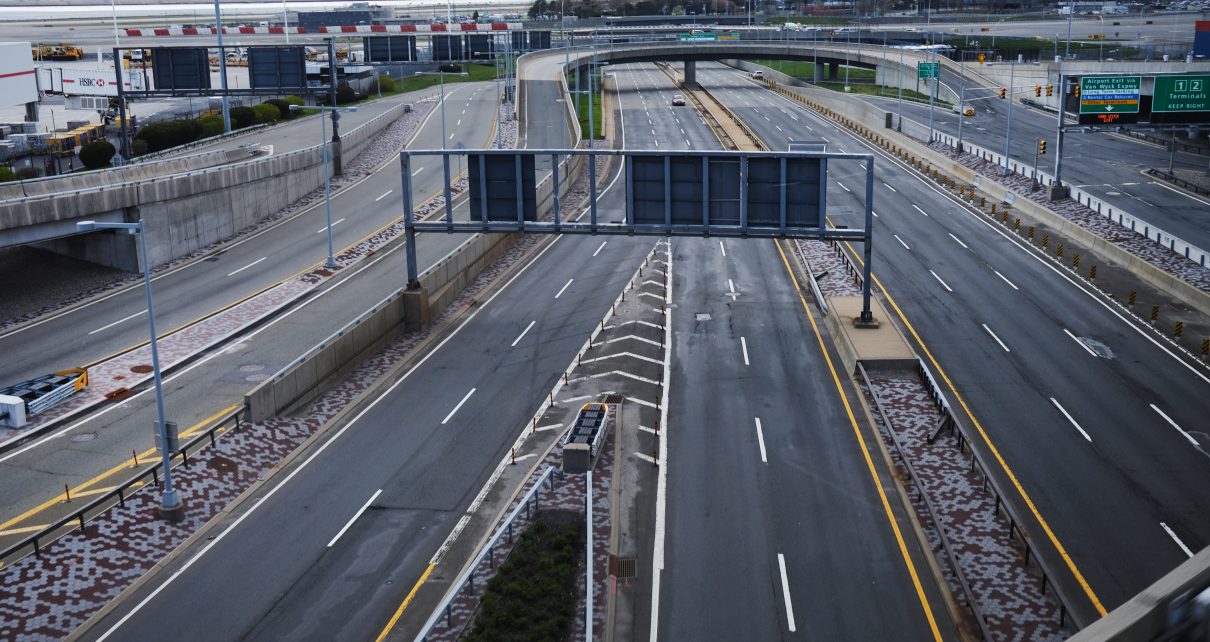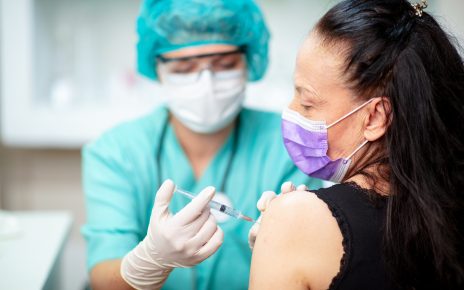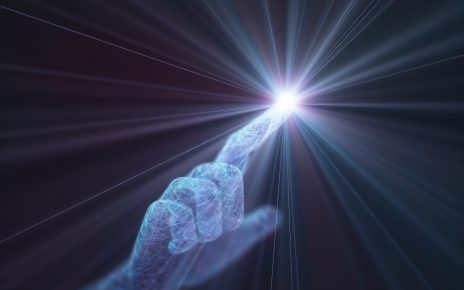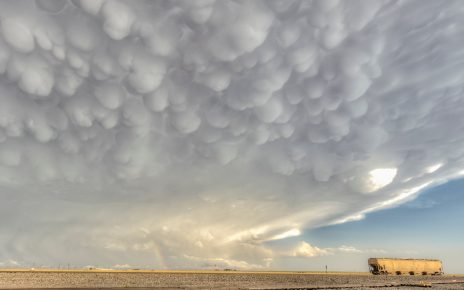NOAA has used its air, sea and satellite resources to develop a global picture of the sharp reductions of greenhouse gases and other pollutants created by the behavioral changes caused by the coronavirus.
In what the agency hopes will be the first major study on what the United States might expect from a future fleet of cleaner electric vehicles and reduced future emissions from aircraft and industries, NOAA rushed to put together multiple experiments to measure changes caused by the nearly global lockdown in April.
“Our past work has prepared us to investigate these unprecedented times,” said Craig McLean, an assistant NOAA administrator, in a statement yesterday. “This unique view into the relative stillness we find ourselves in” will be measured against the “major baseline knowledge” that NOAA has built during decades of data collecting, he added.
Or, as one agency scientist put it, “it was quite a scramble, made harder by the fact that we wouldn’t all be in the lab at the same time.”
The experiments are probing the differences between what was shut down and what wasn’t. For example, Jessica Gilman, a research chemist at NOAA’s chemical sciences laboratory in Boulder, Colo., explored the sharp drop in some ingredients of urban smog that are called volatile organic compounds, many of which can cause health problems. One major source is the exhaust from vehicles.
Balanced against them was another smoggy family called volatile chemical products, which come from the use of cleaning products, disinfectants and personal care products such as face creams. They are likely to have remained the same or gone up.
As Gilman described it, both families of substances mix together in urban smog, or what scientists call ground-based ozone, and create new chemicals that are hard to predict unless one family changes and the other doesn’t. This was the case when traffic slumped to record low levels in April but the use of chemicals, probably led by cleaning products, went up.
“It’s a non-linear effect,” explained Gilman, comparing it to a kitchen that starts with sugar, water and flour, but when the ingredients are baked together, a variety of products can result, some of them unpredictable.
The baking comes when smog is cooked by sunlight, and one of the answers Gilman and other scientists hope to get from the study is an accurate picture of what smog might look like in a future in which cleaner electric vehicles dominate roadways.
According to NOAA, the time was ripe to study which vehicles were producing pollution because car traffic in the United States has dropped by “50% or more,” while truck traffic has been down by about 20%. On weekends, emissions from both vehicles have dropped more sharply.
Another hoped-for result will be a more accurate sense of aerosols, or clouds of tiny particles, that are given off by vehicle emissions. Scientists call this particulate matter PM2.5, and a growing body of medical evidence suggests it is a major health threat and may have compounded deaths and illnesses associated with COVID-19.
For aerosols, NOAA was able to tap at least 10 satellites from the United States, Europe and Japan to take measurements of the atmospheric composition in various parts of the world, said Mitch Goldberg, chief scientist of the agency’s Joint Polar Satellite System.
“We think of satellites as a form of ground truth,” he said, noting that satellites can reveal the mix of aerosols that were airborne during the pandemic and then determine whether the changes were good or bad. The study may give the agency better climate change models in the future, he added.
NOAA is also looking at whether a reduction in shipping may have resulted in reduced noise levels that improve the health of fish.
“We’re going to learn a lot,” Goldberg predicted.
Once the data is in, scientists will get a better grip on the reduction of airline flights and whether the relative and rare absence of contrails from passenger jets caused changes in cloud formations. These changes may have affected the amount of sunlight that reaches the Earth.
NOAA, which did an experiment in 2018 that found widespread leakage of natural gas, a form of methane, from major U.S. cities, borrowed aircraft from three universities to repeat the experiment last month.
Packed with sensors for greenhouse gases and ozone analyzers, researchers flew 18 flights through downwind plumes of smog. They sampled air over New York; Boston; Washington, D.C.; Providence, R.I.; and Baltimore.
Colm Sweeney, a NOAA researcher who headed the same experiment two years ago, said he is sure that the findings will be different this time, but the 2018 study gave them a valuable frame of reference to use again (Climatewire, March 2).
“Methane emissions are not going to change that much because leaky pipes are not going to get any less leaky,” said Sweeney.
Reprinted from Climatewire with permission from E&E News. E&E provides daily coverage of essential energy and environmental news at www.eenews.net.




